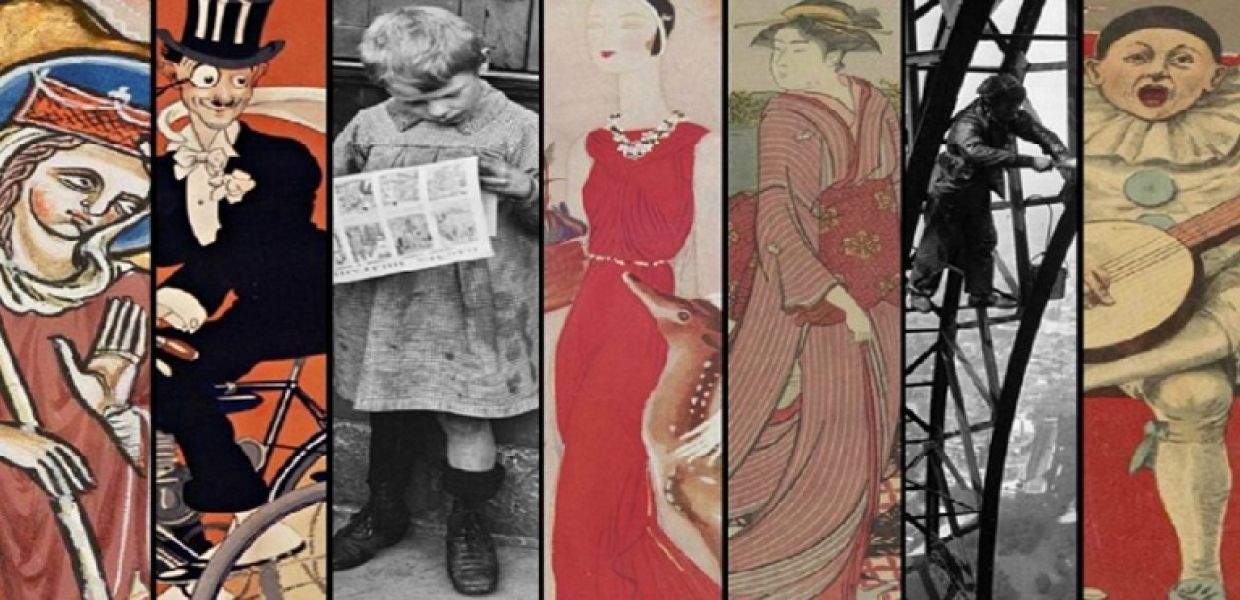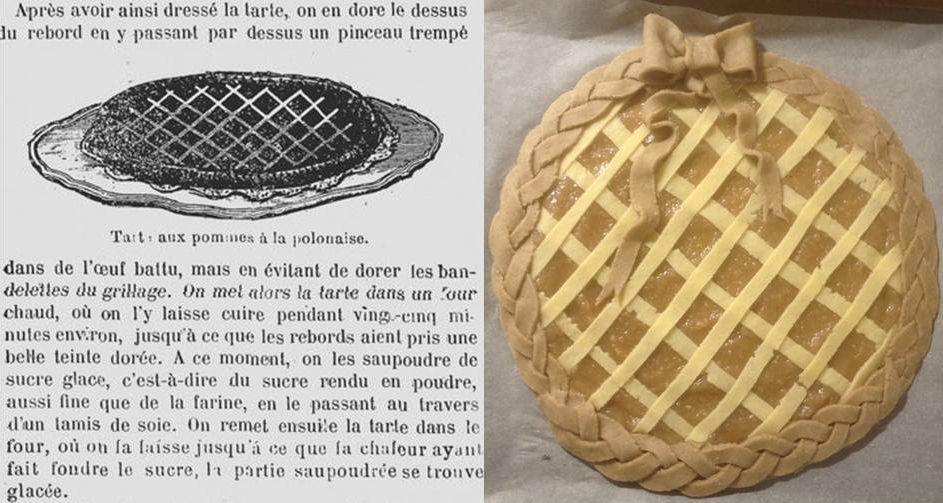Towards new uses of cultural heritage online: Gallica Studio
Gallica, the digital library of the national library of France (Bibliothèque nationale de France – BnF) and its partners, is turning 20. As part of its many birthday celebrations, new services - such as Gallica Studio - are being released.

- Title:
- Collage of Gallica documents
- Creator:
- Gallica-BnF
- Date:
- February 2018
- Institution:
- National Library of France
- Country:
- France
- Copyright:
- CC BY-SA
By Cécile Quach, library curator and Gallica Studio project manager, BnF. With many thanks to Jean-Philippe Moreux, expert, and Marion Ansel, Project Officer - European Projects, for revising this article.
Launched on November 25, 2017 during the second in-house hackathon, Gallica Studio is an online participative device dedicated to the creative uses that can be made from Gallica. Aiming to promote the appropriation of Gallica by its users, it is designed to be empowering - taking advantage of new practices of the digital era, such as co-construction schemes, citizen sciences crowdsourcing, or more individual kinds of makers’ projects, all backed up by the philosophy of the cultural commons. The aim is to ultimately encourage the emergence of new uses of online common heritage and related tools.
Gallica Studio invites everyone to be creative and engage with content made available through Gallica.
A toolbox for reuse
A 'Boîte à outils' (toolbox) provides tools and resources to promote the reuse of Gallica's commons resources. Made available by teams from BnF or by external developers, they take many forms: technical documentation on APIs, data formats, new features codes. A ‘Lab’ also allows you to test beta versions of new developments.
First to be put to the test is GallicaPix, an advanced search tool focusing on WWI iconography. It aims to identify images in all types of prints using artificial intelligence on OCRed and OLRed digitised collections. This image retrieval tool - documented here - was developed jointly by BnF expert Jean-Philippe Moreux and Guillaume Chiron, researcher at La Rochelle University.
Collaborative projects
Inviting new projects or simply inviting people to take part in an existing project, the 'Projets collaboratifs' (Collaborative Projects) section of Gallica Studio is as varied as the projects themselves. These projects can focus on indexation or geolocation, on annotation or document-sharing, on a collaborative encyclopedia on a given topic, on sharing tutorials, etc. These are all projects carried out by Gallica’s users and the BnF together. For example, there is Gallicarte, winner of the 2016 BnF hackathon with a feature that displays Gallica search results on a map.
Veille des Gallicanautes
Documenting the creative and innovative uses produced by Gallica’s users, the 'Veille des Gallicanautes' (Users’ Projects) section of Gallica Studio is full of discoveries. You can find tips to create your own advent calendar, as well as a gallery of pastries baked from old recipes released last year as part of a gourmet heritage corpus. Also presented is the website 'Disquaires de Paris' with its interactive map that identifies the Parisian record dealers and vendors of phonograph cylinders, providing visual artifacts (photographs, record sleeves, stickers, advertisements, ephemera) to tell a piece of their story.
 ' Apple pie in Polish style' by Octavine dans la Lune, credit: Gallica-BnF, CC BY-SA
' Apple pie in Polish style' by Octavine dans la Lune, credit: Gallica-BnF, CC BY-SA
Looking forward, Gallica Studio will also offer artist residencies to revisit heritage through contemporary creation.
Please feel free to have a look and to contact us with any hacking or designing project!
